|
HOME: www.hiltonpond.org |
|||
THIS WEEK at HILTON POND (Back to Preceding Week; on to Next Week) |
WEST NILE VIRUS 1, In 1999, folks in New York State began finding unusually high numbers of dead birds--especially Blue Jays (below right) and crows. When birders and property owners submitted carcasses to health officials, laboratory analyses indicated the birds were carrying and apparently had succumbed to West Nile Virus, a pathogen previously unknown in North America. Through late September nearly 4,000 WNV human cases had been reported just this year in all 48 contiguous states, with nearly 150 fatalities; this makes 2012 the worst year for WNV and people since 2003, undoubtedly because a warmer-than-normal winter followed by an unusually hot summer allowed infected mosquitoes to survive and propagate--one of the oft-overlooked downsides to global climate change. And just as more humans have been affected this year by the virus, beginning in early June in several states there was a sharp increase in WNV-related fatalities among birds.
All text, maps & photos © Hilton Pond Center As noted in the final report from wildlife biologist Joe Okoniewski (above), the American Goldfinch was indeed a victim of West Nile Virus, which likely also killed the other birds in the homeowner's yard. The goldfinch, banded as an after-second-year female at Hilton Pond Center in 2009, was in her after-fifth-year when found dead this past August--and she was 596 straight-line-miles north at Lyndonville NY. A check of our records showed we had no recaptures of this particular bird at Hilton Pond after she was banded. We can't know for sure whether "our" goldfinch acquired West Nile Virus on her southern wintering grounds or in New York State, but it seems unlikely a sick bird could have made a migratory flight of nearly 600 miles. Mike also commented: "It was interesting to note the bird wintered in the South and summered up here, yet we have abundant goldfinches throughout winter here as well, likely breeders from even farther north?" We suspect American Goldfinches that show up here at Hilton Pond beginning in October may be facultative migrants that come south in years when winter weather is harsh and/or if there has been a failure of seed crops that normally sustain them during the cold. Historically there have been very few breeding records for American Goldfinches in South Carolina, but we have no doubt the species is expanding its range. For about the last decade we've a population of AMGO breeding at or near Hilton Pond Center, as shown by recent fledglings and females with brood patches we capture and band in late August and September. Nonetheless, our winter goldfinch population (males and females on thistle sock, above right) is far greater than in summer--a good sign those birds are from up north and just taking advantage of our southern hospitality during cold-weather months. All text, maps & photos © Hilton Pond Center
All text, maps & photos © Hilton Pond Center As evidence of migration we can mention seven American Goldfinches banded in winter at Hilton Pond and encountered March through September within what almost certainly was their northern breeding range. As noted on the map above, two showed up--captured and released by a bander--in Maryland (408 miles north), while another was found dead in far-off Maine (870 miles). Amazingly, the remaining four were encountered nearly 600 miles away within the same general area of New York State--and only about 120 miles apart! This is pretty good evidence many wintertime American Goldfinches we've been hosting at the Center's thistle and sunflower seed feeders had hatched from a nest somewhere just south of Lake Ontario.
All text, maps & photos © Hilton Pond Center In the 13 years since West Nile Virus showed up in the continental U.S. countless birds have died from infection. Most affected have been the corvids, with animal epidemiologists concluding at least hundreds of thousands of crows perished nationwide--about one-third their total population! (Studies show that Maryland lost perhaps 45% of its crows, while the loss in the Baltimore-Washington DC area may have been as high as 90%. It's not clear whether those numbers include both American Crows and Fish Crows.) About a decade ago there also was a sudden decline in Blue Jays at many locations across the eastern U.S., a drop likely due to WNV. Other backyard birds apparently hit hard by the epidemic have been Back-capped and Carolina Chickadee (Carolina above), Eastern Tufted Titmouse, House Wren, Eastern Bluebird, and American Robin. Of all these, only Blue Jays and House Wrens seemed to make an early rebound across their ranges in about 2005--a rebound that may be negated by this year's bumper crop of mosquitoes carrying WNV. (NOTE: We've wondered whether a high incidence of West Nile Virus deaths among backyard birds that frequent feeders is actually a reflection of their being found more often by homeowners, but statistical analysis implies this is not the case.) The good news: Just as many humans suffer no long-term effects from West Nile Virus, the same appears to be the case with birds. Blood samples from live birds of many species indicate they carry West Nile Virus but are not succumbing to it. This could indicate some individual birds have natural immunity to WNV, that they acquired immunity after a non-fatal bout with the disease, or even that the virus is mutating and becoming less deadly. (We've always speculated that because we do so much field work we've already had West Nile Virus and didn't even know it, but that could only be confirmed by biochemical tests that identify WNV antibodies in the bloodstream.) In any case, there's no question West Nile Virus still has potential both to harm humans and to decimate wild bird populations, so mosquito eradication programs are being stepped up in many locales.
All text, maps & photos © Hilton Pond Center As a precaution when going outside in warm weather--almost year-round in the Deep South--one should probably put on bug spray; we prefer to wear clothing commercially pre-treated with insect repellent. Homeowners should also make a concerted effort to drain stagnant water from gutters, old buckets, and other containers, and to use recirculating pumps to keep things moving in water gardens. You might also follow the lead of the Evansville (Indiana) Audubon Society by constructing a couple of Chimney Swift towers to encourage these aerial insectivores to nest in your neighborhood and chow down on 'skeeters on-the-wing. By squelching local mosquito populations (Asian Tiger Mosquito, above) we may minimize fatalities in birds such as our American Goldfinch that flew 600 miles north from Hilton Pond, only to succumb to West Nile Virus on her breeding grounds in New York State. All text, maps & photos © Hilton Pond Center All contributions are tax-deductible |
|---|
 The Piedmont Naturalist, Volume 1 (1986)--long out-of-print--has been re-published by author Bill Hilton Jr. as an e-Book downloadable to read on your iPad, iPhone, Nook, Kindle, or desktop computer. Click on the image at left for information about ordering. All proceeds benefit education, research, and conservation work of Hilton Pond Center for Piedmont Natural History. The Piedmont Naturalist, Volume 1 (1986)--long out-of-print--has been re-published by author Bill Hilton Jr. as an e-Book downloadable to read on your iPad, iPhone, Nook, Kindle, or desktop computer. Click on the image at left for information about ordering. All proceeds benefit education, research, and conservation work of Hilton Pond Center for Piedmont Natural History. |
|
|
"This Week at Hilton Pond" is written and photographed by Bill Hilton Jr., executive director of Hilton Pond Center for Piedmont Natural History
|
|
|
Please refer "This Week at Hilton Pond" to others by clicking on this button: |
Comments or questions about this week's installment? Send an E-mail to INFO. (Be sure to scroll down for a tally of birds banded/recaptured during the period, plus other nature notes.) |

Click on image at right for live Web cam of Hilton Pond,
plus daily weather summary
Transmission of weather data from Hilton Pond Center via WeatherSnoop for Mac.
|
--SEARCH OUR SITE-- For a free on-line subscription to "This Week at Hilton Pond," send us an |
|
Thanks to the following fine folks for recent gifts in support of Hilton Pond Center for Piedmont Natural History and/or Operation RubyThroat: The Hummingbird Project. Your tax-deductible contributions allow us to continue writing, photographing, and sharing "This Week at Hilton Pond" with students, teachers, and the general public. Please see Support or look below if you'd like to make a gift of your own. The following 28 folks made important tax-deductible gifts to Hilton Pond Center in celebration of the 66th birthday of executive director Bill Hilton Jr. through the Causes Web site. Total gifts through 30 September: $1,736. (The Causes site is still active for contributions.) We are most grateful for every contribution, no matter its size or how it comes.
The following eight donors used PayPal or Network for Good directly to make important 66th birthday tax-deductible contributions through 30 September, for a total of $961. (PayPal and Network for Good are always available.)
And three folks opted to send 66th birthday checks as tax-deductible contributions via U.S. Mail to the Center at 1432 DeVinney Road, York SC 29745:
Thanks also to the following donors who made recent important tax-deductible gifts to Hilton Pond Center unrelated to the 66th birthday campaign, using PayPal, Network for Good, or mailed checks:
|
If you enjoy "This Week at Hilton Pond," please help support Hilton Pond Center for Piedmont Natural History. It's painless, and YOU can make a difference! (Just CLICK on a logo below or send a check if you like; see Support for address.) |
|
Make credit card donations on-line via Network for Good: |
|
Use your PayPal account to make direct donations: |
|
If you like shopping on-line please become a member of iGive, through which 950+ on-line stores from Amazon to Lands' End and even iTunes donate a percentage of your purchase price to support Hilton Pond Center.  Every new member who registers with iGive and makes a purchase through them earns an ADDITIONAL $5 for the Center. You can even do Web searches through iGive and earn a penny per search--sometimes TWO--for the cause! Please enroll by going to the iGive Web site. It's a painless, important way for YOU to support our on-going work in conservation, education, and research. Add the iGive Toolbar to your browser and register Operation RubyThroat as your preferred charity to make it even easier to help Hilton Pond Center when you shop. Every new member who registers with iGive and makes a purchase through them earns an ADDITIONAL $5 for the Center. You can even do Web searches through iGive and earn a penny per search--sometimes TWO--for the cause! Please enroll by going to the iGive Web site. It's a painless, important way for YOU to support our on-going work in conservation, education, and research. Add the iGive Toolbar to your browser and register Operation RubyThroat as your preferred charity to make it even easier to help Hilton Pond Center when you shop. |
|
BIRDS BANDED THIS WEEK at HILTON POND CENTER 22-31 September 2012 |
|
|
SPECIES BANDED THIS WEEK: * = New species for 2012 WEEKLY BANDING TOTAL: 19 species 32 individuals 2012 BANDING TOTAL: 31-YEAR BANDING GRAND TOTAL: (since 28 June 1982, during which time 171 species have been observed on or over the property) 126 species (31-yr avg = 66.9) 57,954 individuals (31-yr avg = 1,870) NOTABLE RECAPTURES THIS WEEK: Eastern Tufted Titmouse (1) |
OTHER NATURE NOTES: --On the morning of 25 Sep we were pleased to host an energetic, enthusiastic, and appreciative group from Four Seasons at Gold Hill retirement community in nearby Fort Mill SC for a bird banding demonstration. Their "Bird of the Day": Another of those Swainson's Thrushes we see here at the Center just during spring and fall migration. Hilton Pond Center is open year-round for individuals and groups by appointment only; if you're interested, check out booking info under Guided Field Trips. --Near sunset on 27 Sep we noticed something splash down on Hilton Pond. After going out for a closer look we accidentally spooked the first Pied-billed Grebe we've seen locally in 15 years or more. It ran across the water surface and took off but had to circle the pond a full five times, spiraling ever higher until it finally had enough altitude to clear the trees that surround the impoundment. It was amazing to watch. --Although we've been scanning skies above the Center for migrating raptors, about the only big birds we've seen have been Turkey and Black Vultures, undoubtedly local residents. However, we have noticed quite a few Monarch butterflies winging their way south--always a pleasant thing to watch in autumn. --If you missed last week's photo essay it was about the appropriately named Arrow-leaved Tearthumb and the damage this native vine can do to one's epidermis. See Installment #552. All text & photos © Hilton Pond Center |


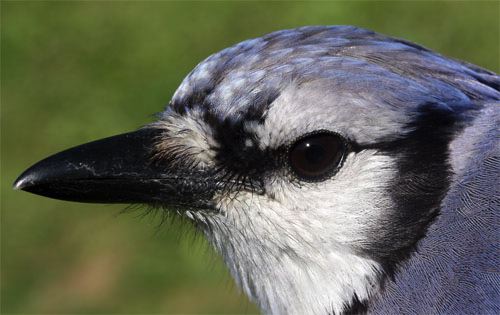 The virus, first described in 1937 from western Uganda, kept a rather low profile until outbreaks occurred among humans in Algeria
The virus, first described in 1937 from western Uganda, kept a rather low profile until outbreaks occurred among humans in Algeria 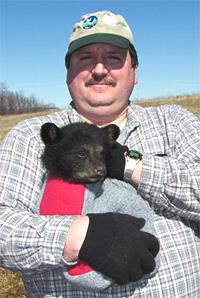 All this brings us to an e-mail we got this week at Hilton Pond Center from Michael Wasilco
All this brings us to an e-mail we got this week at Hilton Pond Center from Michael Wasilco 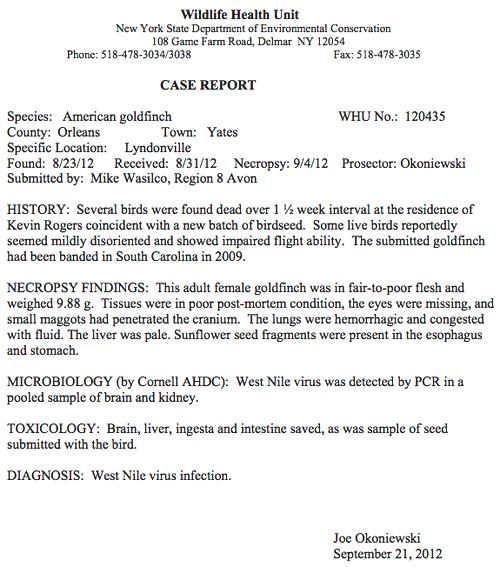
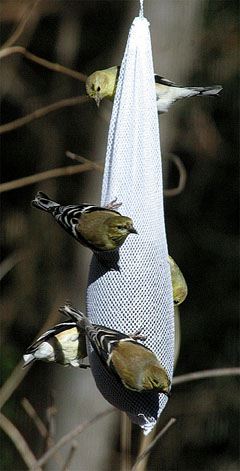 In support of this conjecture, Mike Wasilco wrote in a subsequent e-mail to us that
In support of this conjecture, Mike Wasilco wrote in a subsequent e-mail to us that 
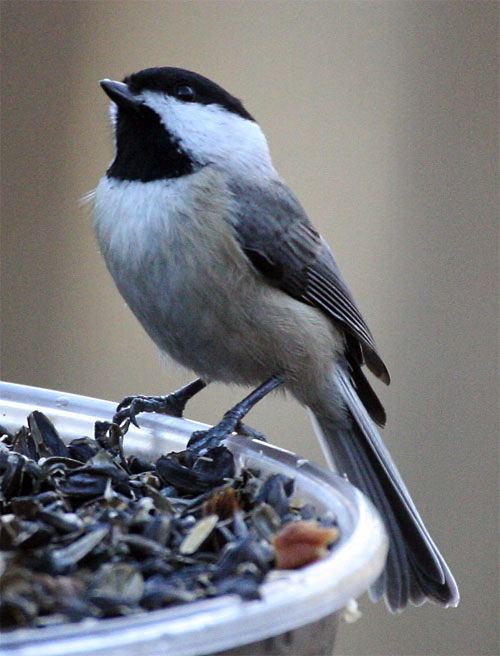
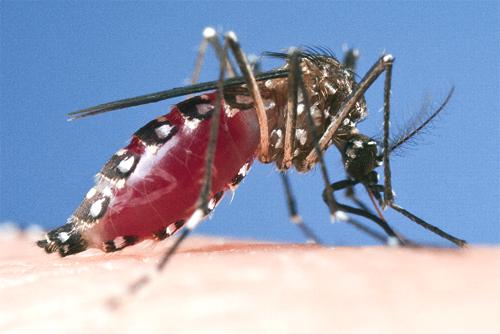


 Please report your sightings of
Please report your sightings of